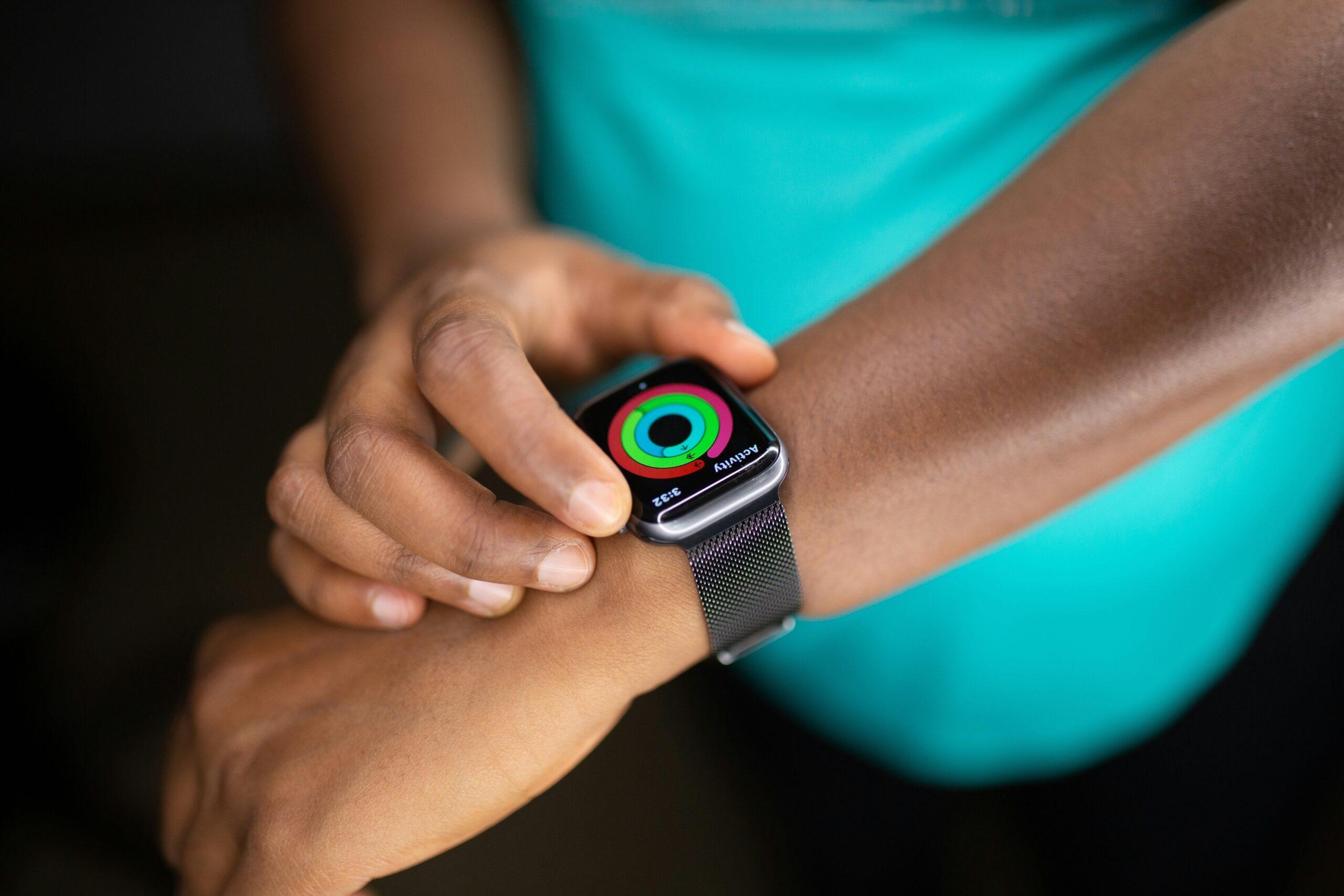Ever thought about how something as simple as breathing could change your weight loss journey? Yeah, us too—at first, it sounded like just another wellness gimmick. But science begs to differ. Here’s the deal: improper breathing patterns can slow metabolism and increase stress hormones. Intrigued yet?
In this article, we’ll dive into Breathing Success Metrics, a revolutionary framework that combines mindful breathing with quantifiable health goals for sustainable weight loss. You’ll learn:
- How breathing impacts metabolism.
- A step-by-step guide to mastering breathwork.
- Real-world examples of people who transformed their health.
Table of Contents
- Key Takeaways
- Why Breathing Matters in Weight Loss
- Step-by-Step Guide to Mastering Breathwork
- Proven Tips for Maximizing Your Breathing Success Metrics
- Real-Life Transformations Through Breathwork
- Frequently Asked Questions
Key Takeaways
- Deep diaphragmatic breathing boosts oxygen flow, aiding fat burning.
- Breathing Success Metrics track improvements in lung capacity, heart rate variability, and mindfulness.
- Incorporating regular breathwork sessions enhances overall well-being and supports weight loss efforts.
Why Breathing Matters in Weight Loss
Let’s get real for a second. How many times have you scrolled through fitness advice only to read the same old “eat less, move more” mantra? It gets exhausting—and frankly, not all of it works. One thing most programs ignore is the role of proper breathing.

“I once held my breath during workouts to look tougher. Spoiler alert: My stamina tanked, and I felt worse than ever.” — A cautionary tale from yours truly.
Shallow chest breathing—the kind most of us do without realizing—can spike cortisol levels. That’s science speak for “stress overload,” which directly leads to stubborn belly fat. On the flip side, nasal deep breathing calms the nervous system and triggers metabolic magic.
Step-by-Step Guide to Mastering Breathwork
Alright, let’s get practical. Here’s the game plan to master Breathing Success Metrics:
Step 1: Check Your Current Baseline
Before diving headfirst into breathwork, assess where you stand. Use these tools:
- A stopwatch (yes, really).
- An app that measures heart rate variability (HRV), like Elite HRV or Apple Watch.
Optimist You:* ‘This will be fun!’
Grumpy You: ‘Fun? Measuring breaths sounds dull.’
Step 2: Practice Diaphragmatic Breathing
Also known as belly breathing, this technique engages your diaphragm instead of shallow chest breaths. Here’s how:
- Lie flat on your back or sit upright.
- Place one hand on your chest and the other on your stomach.
- Inhale deeply through your nose, ensuring your belly rises while your chest stays still.
Step 3: Track Progress Using Metrics
Consistency is key when tracking Breathing Success Metrics. Monitor changes weekly:
- Lung capacity improvements (e.g., longer holds).
- Reduced resting heart rate.
- Increased focus and calm throughout the day.

Proven Tips for Maximizing Your Breathing Success Metrics
Here’s what separates the pros from the amateurs:
- Nose Over Mouth: Always breathe through your nose unless running sprints. Nasal breathing increases nitric oxide production, improving circulation.
- Box Breathing Technique: Inhale for 4 seconds, hold for 4, exhale for 4, hold again for 4. Repeat cycle 5x daily.
- Listen to Binaural Beats: Pair your breathwork routine with calming frequencies for enhanced relaxation.
Terrible Tip Alert: Don’t try hyperventilation exercises unless supervised by a pro. Sounds cool but trust me—it’s whirrrrr chaos for your body.
Real-Life Transformations Through Breathwork
Meet Sarah. By incorporating 10 minutes of box breathing every morning, she reduced her waistline by 3 inches within three months. Her secret? Tracking her Breathing Success Metrics consistently.

Then there’s John, who combined Wim Hof Method cold showers with daily breathwork regimes. Not only did he shed 15 pounds, but his mental clarity skyrocketed.
Frequently Asked Questions
What Are Breathing Success Metrics?
These are measurable indicators of progress in breathwork practice, such as increased lung capacity and improved HRV scores.
Can Bad Breathing Cause Weight Gain?
Indirectly, yes! Shallow breathing contributes to chronic stress, which spikes cortisol—a hormone linked to abdominal fat storage.
Is This Suitable for Beginners?
Absolutely. Start small—even 2-minute drills make a difference over time.
Conclusion
To sum it up, Breathing Success Metrics aren’t just buzzwords; they’re actionable steps toward holistic weight loss and wellness. From reducing stress to boosting metabolism, mindful breathing holds untapped potential. Ready to breathe like never before?
Like a Tamagotchi, your SEO needs daily care.


